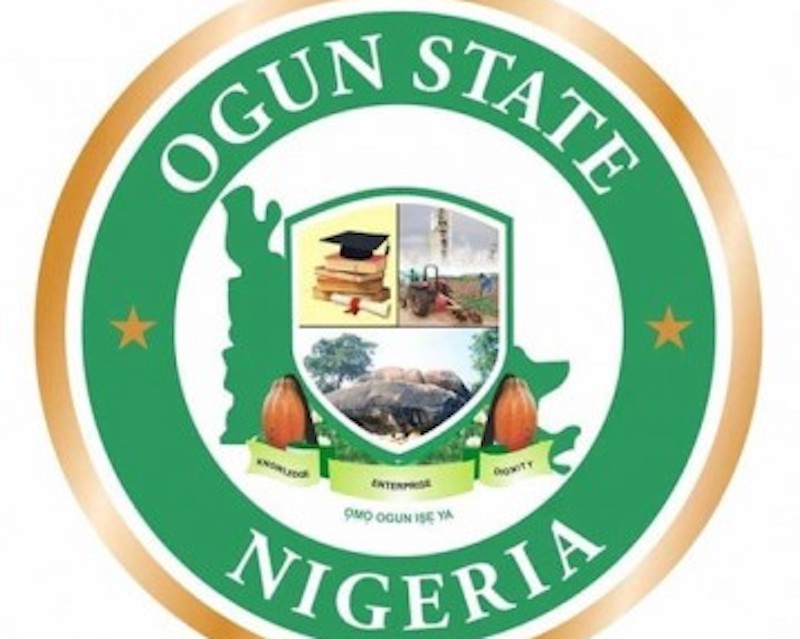
The German International Development Agency (GIZ) has trained no fewer than 500 stakeholders in the cassava value chain in Ogun State on the production and processing of High Quality Cassava Peel (HQCP) for the production of animal feed.
The training was done under the GIZS-SEDIN Cassava Processing Value Chain Development for Income and Employment Creation programme of the agency.
A Consultant with GIZ-SEDIN Cassava Processing Waste2Wealth Programme, Bayo Solagbade, disclosed this in Abeokuta, Ogun State capital, at a High Quality Cassava Peel (HQCP) Market Linkage Workshop Forum for stakeholders in the value chain.
The training, which initially involved 10 entrepreneurs, was expanded as each of the initial trainees, were empowered to train at least 50 others in the value chain.
The trainees, according to Solagbade, include farmers, peel collectors, feed millers and poultry farmers.
Solagbade said Nigeria is the largest producer of cassava in the world, positing that the country grows about 57 million tons yearly.
He said, while the high production has undoubtedly helped to alleviate hunger in the country, it creates a mountain of waste estimated at 15 million tons a year, which according to him causes environmental and health problems.
He said: “This 15 million tons of waste could represent 5 million tons of animal feed and an excellent business opportunity.
“The main objective of the training, therefore, was to train stakeholders on how to convert wet cassava peel into energy-rich, high-quality animal feed and to convince millers that the High Quality Cassava Peels (HQCP) could safely be included in their feeds.
“Dried fine cassava mash can be used to feed poultry, fish, and pigs, while the coarser mash is suitable for cattle, sheep, goats, and pigs.
“Within the first two years, we saw more than 2,000 feeds formulated to include HQCP as an ingredient, with more than 450 formulations for broiler chickens.”
In his keynote address, the State Commissioner for Agriculture, Dr. Samson Odedina, said there were many benefits that can be derived from cassava peel.
According to Odedina, who was represented by the Permanent Secretary in the Ministry, Dr. Dotun Sorunke, “cassava peel is a good substitute for maize, millet and sorghum in the production of animal feeds,” saying it is cheaper to produce.
Also speaking, the Representative of the International Livestock Research Institute, Dr. Tunde Smile, said the institute had carried out research into combining HQCP in animal feeds and find it suitable and nutritious for animals if properly processed.
He said the use of HQCP in the production of animal feeds is cost-effective and solution for environmental problems from peel dump site could cause.
https://www.thisdaylive.com/index.php/2022/11/04/waste-to-wealth-german-agency-trains-










